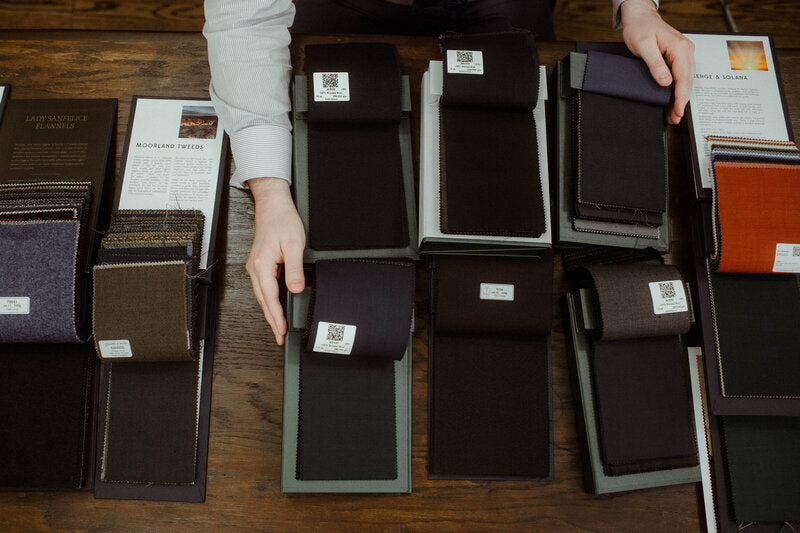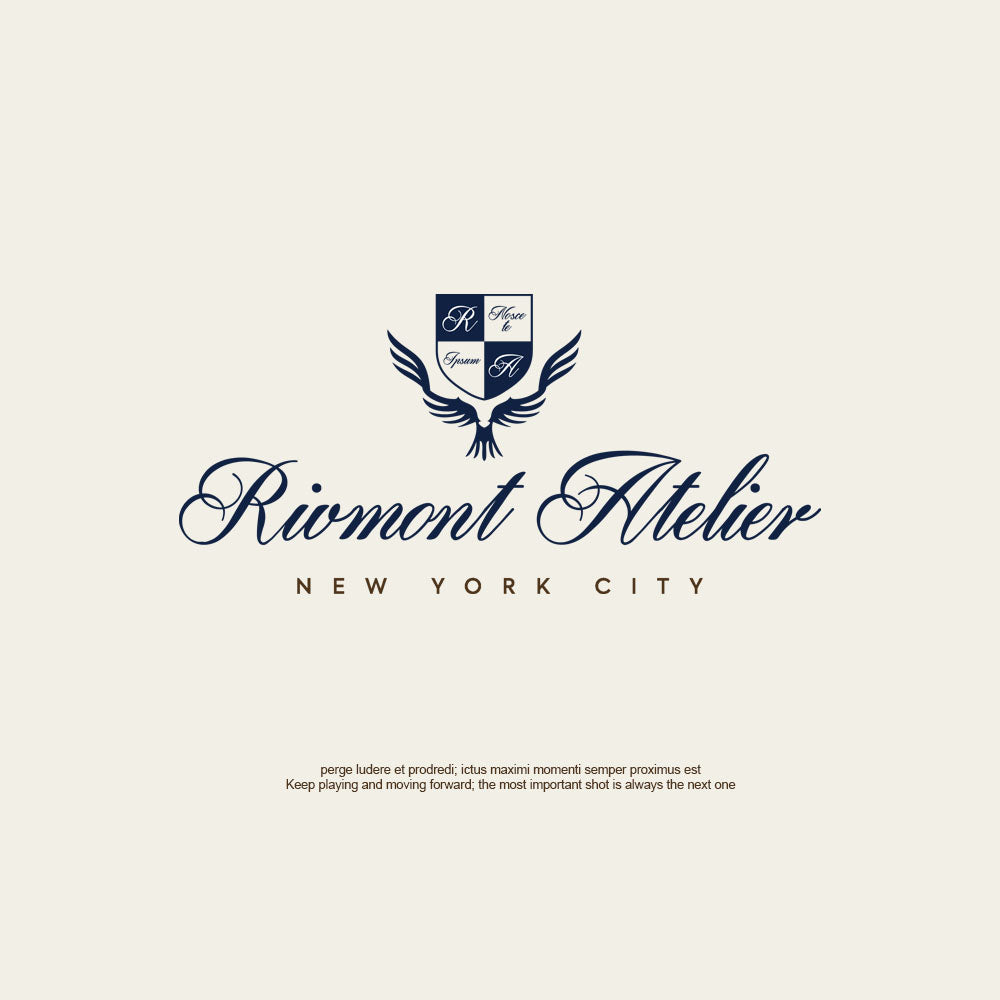Is Expensive Fabric Really Worth It? - Fortitude vol.9

Is Expensive Fabric Really Worth It?
What defines premium cloth, how mills differ, and how to choose what truly suits you.
Ask anyone who’s stepped into a tailor’s studio: the first question after choosing a design is always the same — “What’s the fabric?” Fabric isn’t only what you see; it’s what you feel. It’s drape, breathability, recovery — even the sound of cloth as it moves. And it’s one of the biggest factors separating an average suit from an extraordinary one.
What makes luxury fabric “luxury”? It begins with raw material selection and yarn quality: long, clean fibers spun with precision; consistent dyeing; and weaving on looms calibrated for stability and hand. Finishing (washing, pressing, setting) then refines the handle and luster without sacrificing resilience. The result: cloth that hangs cleanly, resists creasing, and ages with grace.

Why mills matter. Mills differ in sourcing, spinning, weave recipes, and finishing philosophies. Some prioritize crisp structure for sharp business suiting; others chase fluid drape and sheen for eveningwear. Two 100% wool twills can feel worlds apart because one mill builds spring-back into the yarn, while another finishes for buttery softness. “Best” depends on your purpose.
What does “Super” mean? In wool, Super numbers indicate the fineness of the wool fibers used in the yarn: higher numbers generally mean finer fibers and a smoother, lighter hand. It does not automatically mean better durability. A well-made Super 120s can outlast a poorly constructed Super 170s if weave density and finish aren’t balanced. Think of the Super as a texture indicator, not a warranty.
Super 140s vs. Super 180s — how can you tell? In hand, finer cloth feels silkier and more fluid; it drapes closer to the body and shows a subtler play of light. Gently scrunch the swatch in your fist and release: the better-balanced cloth will recover quickly with minimal creasing. Hold it up: finer cloth often looks a touch more luminous and less grainy. Still, trust wear needs: daily workhorses live best in the 110s–130s range; special pieces can sing in the 150s–180s.
Is expensive fabric worth it? Yes — when matched to your life. For frequent travelers, a resilient high-twist or robust Super 120s delivers years of clean performance. For milestone moments, a refined wool–silk blend or a rare high-Super fabric brings a quiet, unforgettable elegance. Luxury is less about the number and more about meaningful fit to purpose.
Don’t chase numbers. Choose meaning — the cloth that serves your life beautifully. — Fortitude, Vol. IX
How we guide at Rivmont. We start with where the suit will live: boardrooms, travel, ceremonies, or everyday elegance. Then we pair you with mills and weaves whose character suits yours — from crisp, memory‑rich twills to airy high‑twists and luminous wool–silks. The goal is simple: a garment that looks refined on day one and even better in year five.
In the end, fabric doesn’t just make a suit — it shapes the story you carry. Choose the cloth that honors yours.
Ready to feel the difference?
Explore Fabrics with Rivmont








Leave a comment